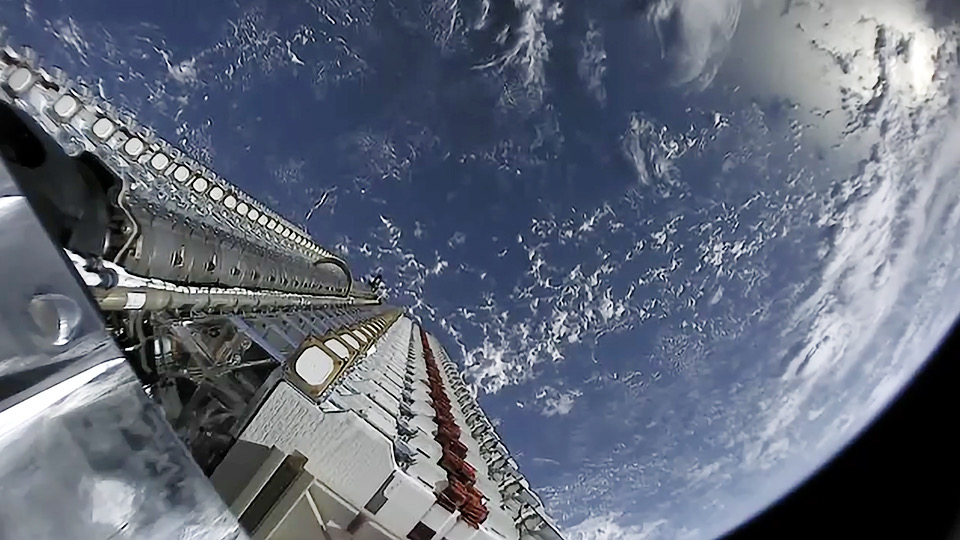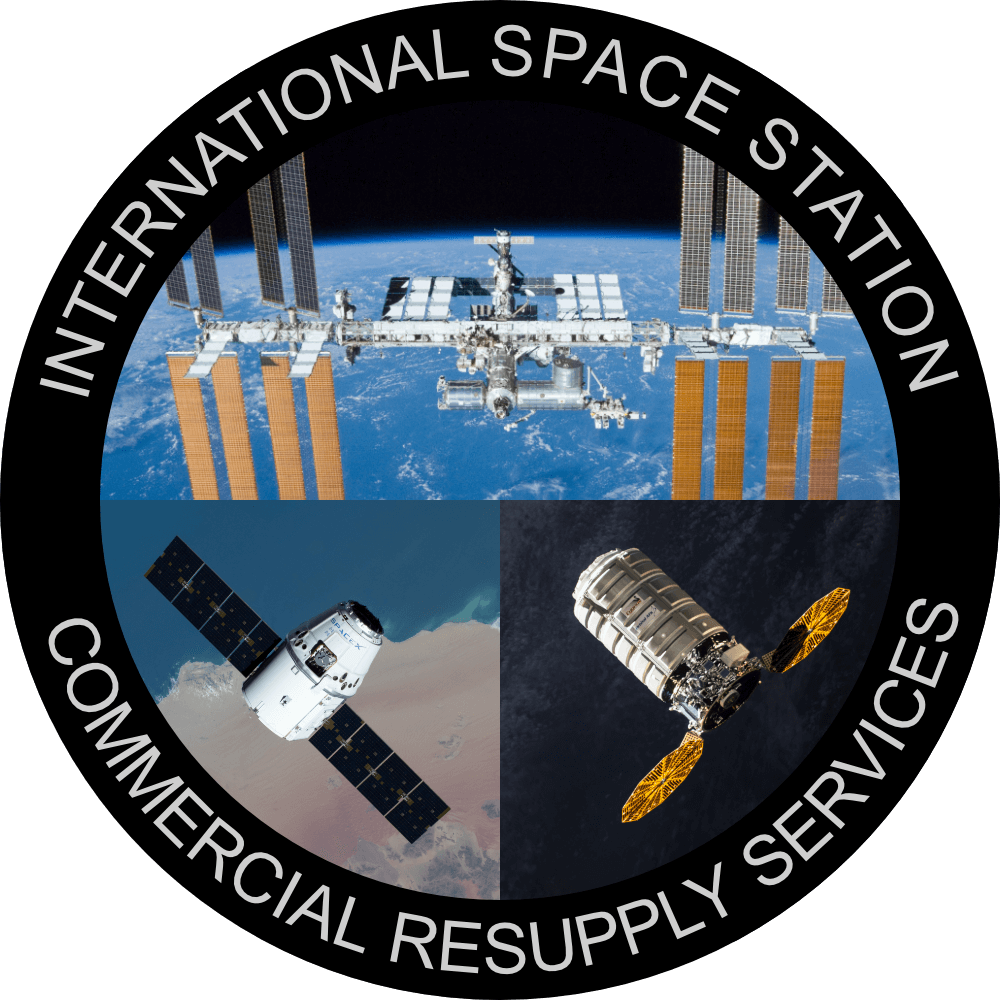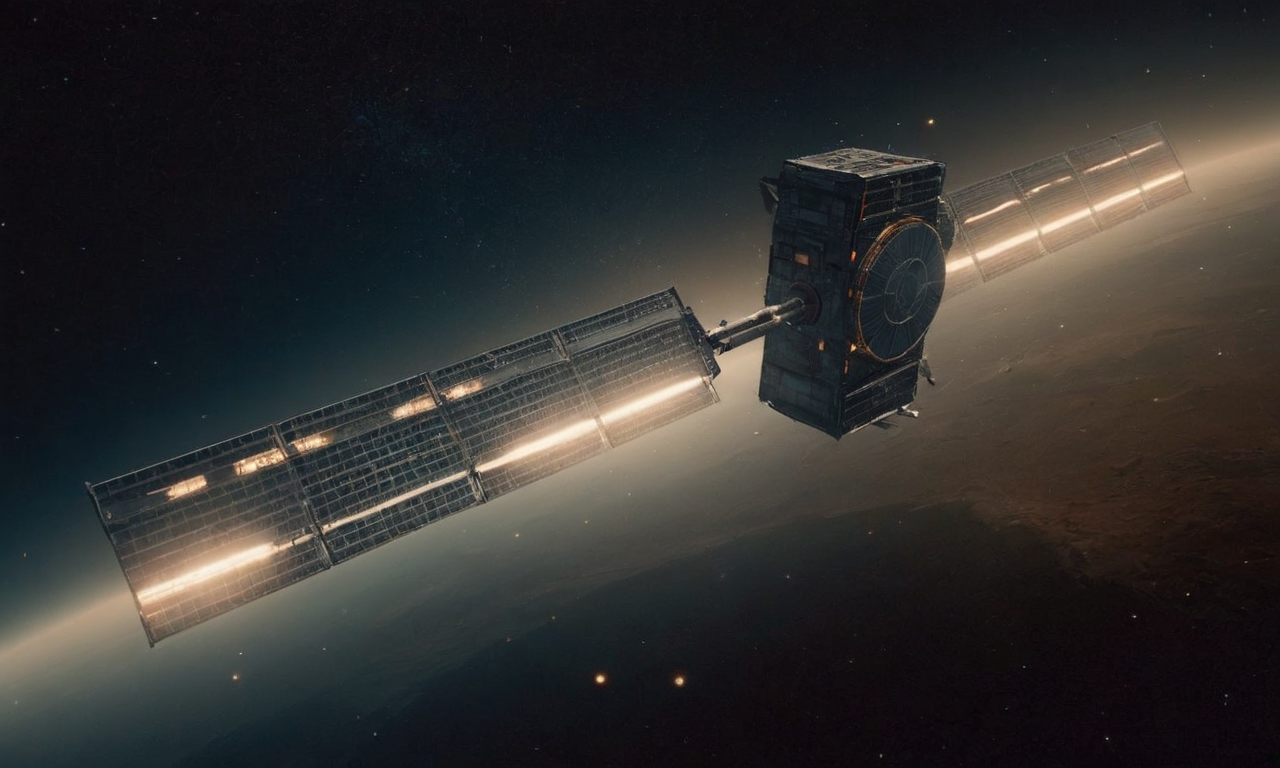· space brief · 7 min read
Space Brief 30 May 2025
Today's brief highlights significant advancements in satellite launches, new defense contracts, and technological integrations between major firms in the space sector.

📄Top Stories
Rocket Lab’s ambitious strategy to become a prime defense contractor and China’s latest classified satellite launch underlines the competitive dynamics in the space and defense sectors. Additionally, the U.S. Space Force’s expansion of its GPS satellite constellation reaffirms the growing need for advanced space-based navigation systems.
📰Detailed Coverage
Rocket Lab’s Path to Defense Contractor Supremacy
Rocket Lab is actively pursuing a transformative role in the defense industry by making strategic acquisitions. The company’s CEO, Peter Beck, emphasized their intent to evolve as a prime contractor in the defense realm, potentially positioning themselves alongside key industry players. This move not only expands their operational capabilities but also aligns with national defense priorities.
By integrating acquired technologies, Rocket Lab aims to offer comprehensive solutions that can be seamlessly integrated into defense technology portfolios. For those tracking satellite operations, such consolidation could lead to enhanced capabilities for deploying and maintaining critical space infrastructure.
Read the full story: SpaceNews
Classified Shijian-26 Satellite Takes Flight
China has successfully launched a classified satellite, the Shijian-26, into orbit via a Long March 4B rocket. This marks China’s ninth satellite launch this month, raising curiosity and speculation about the satellite’s purpose and capabilities, given the secrecy surrounding the mission.
The Shijian-26’s launch accentuates China’s growing presence in space, potentially supporting various national objectives, including scientific research, surveillance, or communications. Satellite tracking enthusiasts can engage with our platform’s tracking tools to follow the satellite’s orbital path and potential future activities.
Read the full story: SpaceNews
Japan Strengthens Its Space Military Capabilities
Space One and Space BD have been commissioned by the Japanese military to launch a small satellite, marking a step forward in Japan’s investment in space military capabilities. This initiative reflects Japan’s strategic intent to bolster its national security through enhanced satellite technologies.
The collaboration between these companies underscores an increasing trend where nations are gearing their space programs towards military applications. Observers of satellite dynamics will note the potential increase in secure communication and surveillance capabilities as areas of focus.
Read the full story: SpaceNews
Space Force Expands GPS Satellite Constellation
The U.S. Space Force has procured two additional GPS IIIF satellites worth $509.7 million from Lockheed Martin, scheduled for delivery by 2031. This acquisition is part of a broader effort to enhance the next generation of GPS satellites focused on improved accuracy and anti-jamming capabilities.
As global reliance on GPS for both military and civilian applications grows, these advancements ensure that the United States remains at the forefront of space-based navigation. Our satellite tracking app allows users to monitor these developments and understand the impact on both everyday applications and strategic military operations.
Read the full story: SpaceNews
Revolutionary SATCOM Terminals for Defense
Kymeta’s Goshawk u8 terminal, now operational on Eutelsat OneWeb’s Low Earth Orbit satellite network, is set to enhance SETCOMs for military users. This innovation offers dual-orbit connectivity across LEO and GEO domains, addressing an increased demand for flexible and reliable communication systems for defense purposes.
The deployment of such versatile terminals underlines the importance of innovative communication platforms capable of supporting dynamic military operations across complex environments. This development is crucial for tracking communications reliant on cutting-edge satellite technology.
Read the full story: SpaceDaily
Anduril and Meta Collaborate on Technological Solutions for Army
A partnership between Anduril and Meta aims to present a coordinated front in re-competing for the Army’s IVAS (Integrated Visual Augmentation System) program. This collaboration highlights the integration of Meta’s visualization technology and Anduril’s defense expertise to innovate soldiers’ combat readiness.
By fusing AR technology with cutting-edge hardware, this partnership seeks to revolutionize how military personnel engage with technology on the battlefield. The IVAS program could redefine visualization capabilities for soldiers, allowing more efficient mission planning and execution.
Read the full story: Breaking Defense
🛰️Satellite Spotlight
- Satellite Name: ONEWEB-0262
- NORAD ID: 48980
- Launch Date: July 1, 2021
- Mission: This satellite is part of the OneWeb constellation, aimed at providing global broadband communication services.
- Orbit: LEO (Low Earth Orbit)
- Operator: OneWeb
- Fun Fact: ONEWEB-0262 is designed to operate with a Ku-band payload, allowing for high-speed data transmission essential for global internet connectivity.
Track this satellite in real-time on our web app: Track ONEWEB-0262
🌌Space Weather
Current space weather shows Enhanced solar wind (737 km/s).
R0 - S0 - G0
Next 24 Hours: In the coming day, satellite operators can expect no risk of radio blackouts and no risk of solar radiation storms, though moderate geomagnetic activity will be present. Specifically, G1-G2 (Minor-Moderate) geomagnetic storms are anticipated on May 30 due to the influence of a negative polarity coronal hole. G1 (Minor) conditions are likely to continue on May 31 and June 1. Satellite communication users should prepare for potential R1-R2 (Minor-Moderate) radio blackouts, with a slight chance of R3 (Strong) events during this period. Additionally, drag impacts on Low Earth Orbit (LEO) satellites may increase due to the anticipated geomagnetic activity.
Beyond: Looking ahead, the forecast for solar and geomagnetic activity from May 26 to June 21, 2025, indicates that solar activity is likely to reach moderate levels (R1-R2/Minor-Moderate). There is also a chance for R3 (Strong) events in the next few days as Region 4098, the most productive segment currently visible, progresses towards the west limb of the Sun. M-class X-ray activity (R1-R2) is likely to persist due to the presence of multiple active regions. While no proton events are expected at geosynchronous orbit, the greater than 2 MeV electron flux is predicted to be at high levels from May 30 to June 5 and again from June 14 to June 21, influenced by recurrent coronal holes. The geomagnetic field is expected to remain mostly elevated due to these recurrent effects, with G1 (Minor) geomagnetic storms likely on June 13-14. Active conditions could occur on several days through the period, particularly around May 28-29, June 2, June 5, June 10-11, and June 15-17, while unsettled conditions may develop on May 26-27, May 30 - June 1, June 3-4, June 6-7, and June 18-21. Quiet conditions are forecast for June 8-9.
🚀 Upcoming Space Launches
May 30
- SpaceX Falcon 9 Block 5:
- GPS III SV08 from Cape Canaveral Space Force Station (17:23 UTC)
- Eighth of ten GPS III missions.
May 31
-
Blue Origin New Shepard:
- NS-32 from West Texas Launch Site (13:30 UTC)
- NS-32 is the 12th crewed flight for the New Shepard program and the 32nd in its history.
-
SpaceX Falcon 9 Block 5:
- Starlink Group 11-18 from Vandenberg Space Force Base (20:01 UTC)
- A batch of satellites for the Starlink mega-constellation - SpaceX’s project for space-based Internet communication system.
June 2
-
SpaceX Falcon 9 Block 5:
- Starlink Group 12-19 from Cape Canaveral Space Force Station (04:57 UTC)
- A batch of satellites for the Starlink mega-constellation - SpaceX’s project for space-based Internet communication system.
-
Rocket Lab Electron:
- Full Stream Ahead (BlackSky Gen-3 2) from Rocket Lab Launch Complex 1B (23:30 UTC)
- 2nd of the BlackSky Gen-3 high resolution Earth-imaging satellites.
June 3
- SpaceX Falcon 9 Block 5:
- Starlink Group 11-22 from Vandenberg Space Force Base (23:50 UTC)
- A batch of satellites for the Starlink mega-constellation - SpaceX’s project for space-based Internet communication system.
June 7
- SpaceX Falcon 9 Block 5:
- Sirius SXM-10 from Cape Canaveral Space Force Station (03:00 UTC)
- SXM-10 is the 11th high-powered, digital, audio radio satellite built by Maxar (SSL) for SiriusXM.
June 8
-
SpaceX Falcon 9 Block 5:
- Axiom Space Mission 4 from Kennedy Space Center (13:11 UTC)
- This is a Crew Dragon flight for Axiom Space. The mission will carry a professionally trained commander alongside three private astronauts to and from the International Space Station. This crew will stay aboard the space station for at least eight days.
-
SpaceX Falcon 9 Block 5:
- Starlink Group 15-8 from Vandenberg Space Force Base (13:34 UTC)
- A batch of satellites for the Starlink mega-constellation - SpaceX’s project for space-based Internet communication system.
June 13
- United Launch Alliance Atlas V 551:
- Project Kuiper (KA-02) from Cape Canaveral Space Force Station (18:29 UTC)
- Project Kuiper is a mega constellation of satellites in Low Earth Orbit that will offer broadband internet access, managed by Kuiper Systems LLC, a subsidiary of Amazon.
Note: Launch dates and times are subject to change due to technical or weather considerations.

Maurice Stellarski





